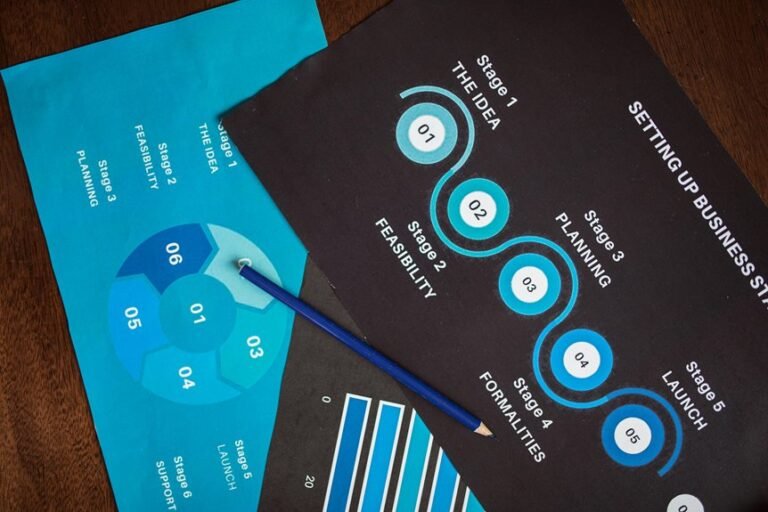Building Resilient Business Models 3512372487
Building resilient business models has become a necessity in an unpredictable market landscape. Organizations must prioritize adaptability and customer engagement to sustain their competitive edge. Key components involve a compelling value proposition and agile frameworks that allow for rapid responses to change. As businesses navigate these complexities, the exploration of effective strategies and real-world examples will reveal critical insights into achieving long-term success. What specific approaches will emerge as the most effective in fostering resilience?
Understanding Resilience in Business Models
What defines resilience in business models, and why is it critical for long-term success?
Resilience encompasses the ability to ensure business continuity amidst disruptions, effectively utilizing risk management strategies.
This adaptability enables organizations to navigate uncertainties, maintain operational integrity, and seize opportunities for growth.
A resilient business model fosters not only survival but also the freedom to innovate and thrive in a dynamic environment.
Key Components of a Resilient Business Model
Although various factors contribute to the robustness of a business model, several key components stand out as essential for fostering resilience.
A compelling value proposition attracts and retains customers, while effective customer engagement builds loyalty and trust.
Together, these elements create a stable foundation that can adapt to change, ensuring sustained performance and enabling businesses to thrive in uncertain environments.
Strategies for Building Agility and Adaptability
To thrive in an ever-changing marketplace, businesses must implement strategies that enhance agility and adaptability alongside their foundational components.
Utilizing flexible frameworks enables organizations to pivot swiftly, while responsive leadership fosters a culture of innovation and collaboration.
Real-World Examples of Resilient Businesses
Numerous businesses have demonstrated remarkable resilience in the face of economic fluctuations and market disruptions.
Companies like Amazon have optimized their supply chain to maintain efficiency and bolster customer engagement, while others, such as Zoom, adapted their services to meet changing demands.
These examples illustrate that strategic agility and a strong connection with customers are vital for enduring success in unpredictable environments.
Conclusion
In the ever-changing landscape of business, resilient models act as sturdy oaks, weathering storms while reaching for the sky. By intertwining flexibility with innovation, organizations can dance gracefully with uncertainty, transforming challenges into opportunities. As they harness technology and deepen customer relationships, these companies not only survive but thrive, flourishing like wildflowers after a rain. Ultimately, the ability to adapt and respond with agility is the beacon guiding businesses toward sustainable success and enduring growth amidst disruption.






